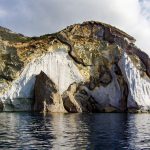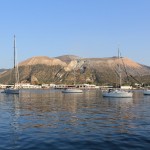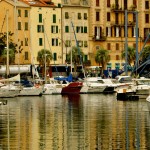Small islands with a strong identity and much to see and do
Maratea, the Pearl of Tyrrhenian Sea
One of the most fascinating place of Basilicata, the wildest Italian region
by Federico Dolce
Maratea, a small city in the deep South of Basilicata region – unfairly one of the less – known regions in Italy with a lot of history, traditions and amazing places to visit that for this reason are preserved in their original wild state, that ironically makes them even more charming and interesting to see. It is also called The Pearl of Tyrrhenian Sea, both because it is the only city of Basilicata which gives onto the Tyrrhenian Sea and because it is such a suggestive, enchanting place.
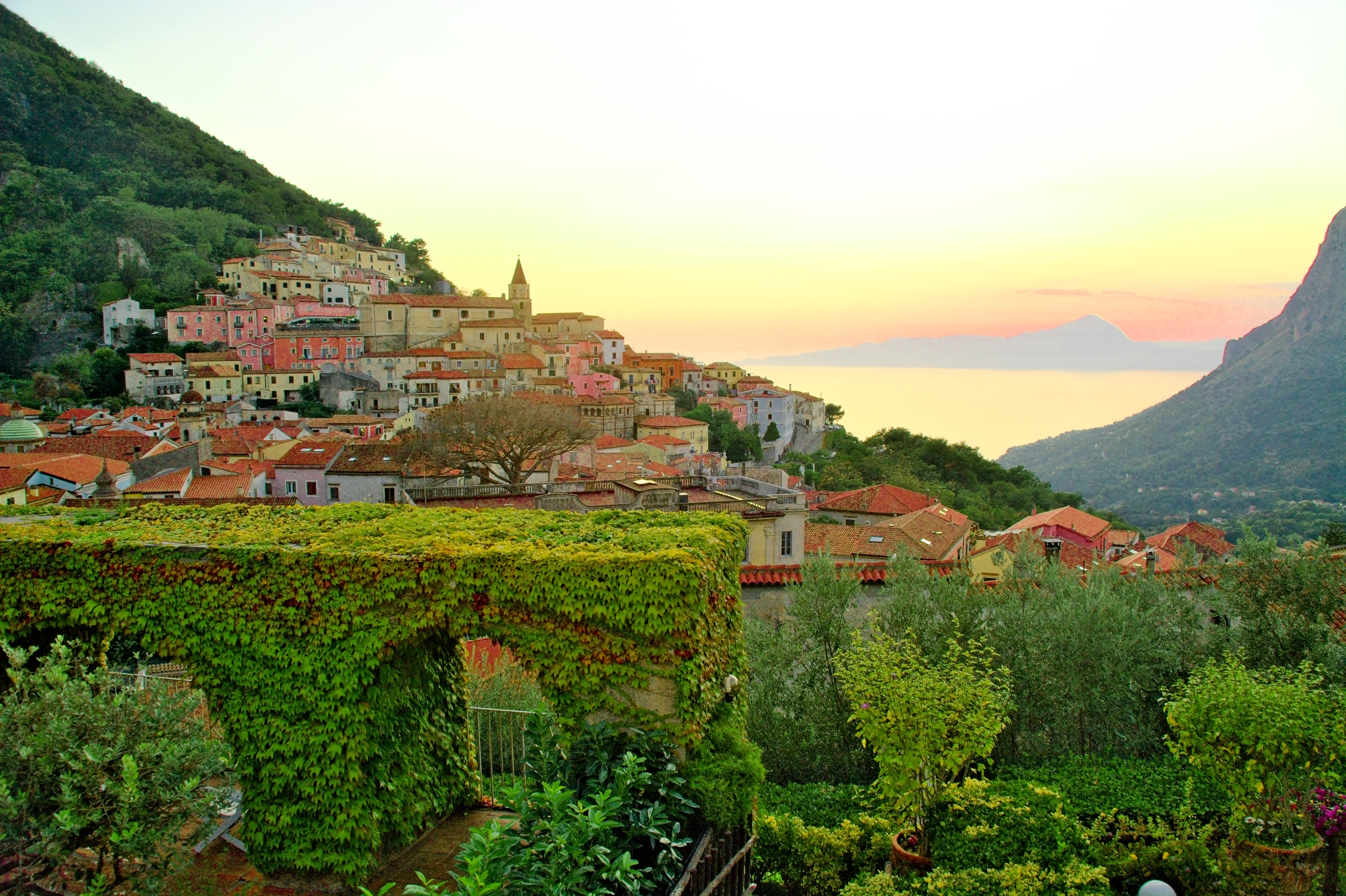
City of Maratea. Pic by Flickr User silvio sicignano
Maratea is really a hidden heaven, with its 30km of shore overlooked by majestic mountains with a height of even 1,505 m , crossed by rivers and creeks, in a lush vegetation that includes oleanders, pine trees, eucalyptus, and with over 131 marine caves.
The city consists in the historical city centre and a lot of hamlets spread all over the territory, and each one of them is really characteristic.

Mountains and sea. Pic by Flickr User Alexander van Loon
It must be said that here moving from one place to another can be quite difficult, and using a car is the best option to be more free to explore the area, but sometimes the only solution to reach some spectacular places is just walking or renting a boat!
Even though the coastline is rather short, there are a lot of beaches, and some of them are reachable only by boat. There is the one of Acquafredda, in the North of Maratea, really close to the train station so it is really easy to go even if you don’t have a car, then Macarro, the most famous one, in the hamlet of Marina di Maratea, then La Secca, really suggestive, full of cliffs and in front of a small green island called U Tuppu, with the Baronial Palace of the family Labandini, and a deconsecrated chapel, from which it is possible to see the Castle of Castrocucco, a construction of the 8th century, another important attraction of Maratea.
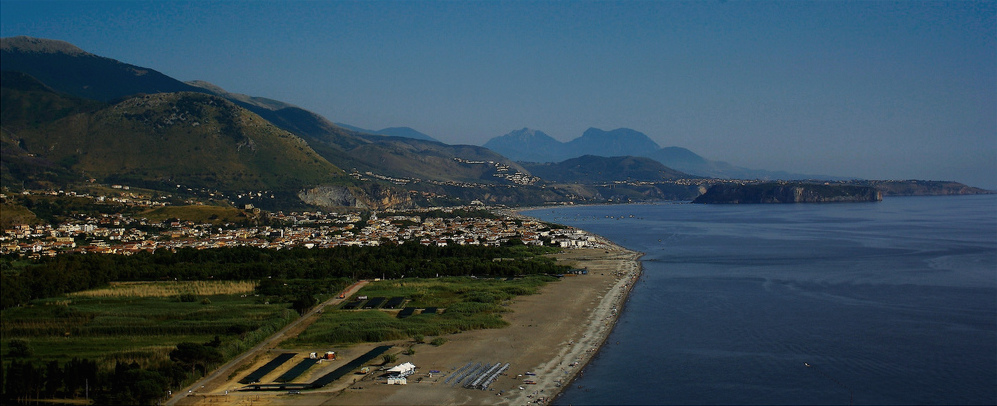
Macarro Beach. Pic by Flickr User sonia uliana
There are many others, but the most peculiar and my favorite one, again in Marina di Maratea, is the so-called “Black Bay”, because of the color of its sand. From here if you are brave swimmers you can reach the small island of Santo Janni, or the cave of Sciabella. Anyway, it is also possible to rent canoes to explore the area.
Maratea offers a wide range of possibilities for whom are interested in snorkeling, water skiing, boat rides, rafting, spearfishing or scuba diving, even the touristic night fishing. The sea bottom is always crystal clear, which makes this experiences extremely satisfying!
Another epithet of Maratea is “The city of 44 churches”, because of its incredible number of churches and chapels present locally. Among the most remarkable ones, the Church of Santa Maria Maggiore, in the city centre, and the Basilica of San Biagio, the patron saint of Maratea.
His cult is very cherished here. The Basilica, which keeps his remains brought in 732 AD, was built in 13th century, on the top of the mountain of the same name. Before it was an ancient pagan temple consecrated to the Roman goddess Minerva. During the History it has been the place of miraculous events, like when it started trickling Manna from the walls, a magic liquid with healing powers. San Biagio is celebrated on 2nd Sunday of May, and celebrations last for 8 days.
In front of the church, on the top of a stairway, there is the symbol of Maratea, the statue of Christ the Redeemer, realized in Carrara’s marble in 1965 by a sculptor from Florence, Bruno Innocenti. It’s very majestic, it is 21 m high, the head is 3 m long and the arm-span is 19 m. It is the 3rd biggest statue of Jesus in Europe, and 5th in the world.

Stairway to Christ the Redeemer. Pic by Flickr User mozzercork
All over the city and its hamlets it is possible to find a lot of good restaurants that suit every pocket, but something you most try are the famous Bocconotti, typical sweets with chocolate or black cherry cream wrapped in shortcrust pastry, or an older recipe, way more daring, with the “sanguinaccio” (pork’s blood mixed in dark chocolate), cooked must, raisins, lemon skin, cinnamon and sugar!
The only terrestrial cave that is possible to visit is the Cave of Wonders, in Marina di Maratea. Discovered in 1929 during the construction of the highway, it is, for this reason, easily reachable. It is the smallest cave in Italy, it consists of a single room 70 m long and 20 m large, 7 m high, and the glistening stalactites hanging from the ceiling look like chandeliers from 19th century.
Maratea is also a very culturally-active city, with a lot of events especially during the summer, like Marateatro Festival, which offers stage shows of high-caliber, and even the local harbour hosts permanent art installations. Finally, there is the museum of Palazzo De Lieto, in the city centre, with a permanent exhibition of Roman amphoras and urns found mostly around the island of Santo Janni.
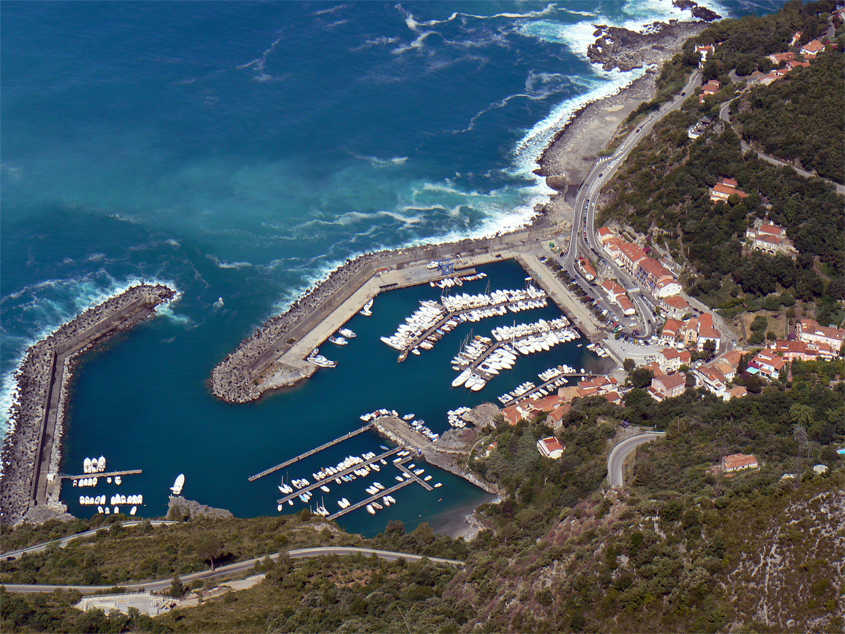
Maratea’s harbour. Pic by Flickr User mozzercork
Cover pic courtesy of Flickr User buonalaprima
Visit Matera: helpful hints
Arrival
The nearest airport to Matera is Bari airport. First, you have to reach Bari Central Railway Station (by bus or by a train that costs 5€ and it takes 20 minutes). Then, you can reach Matera by train as well, it takes 1,30 hours and the ticket costs 5€.
Transports
The best way to visit Matera is on foot for sure, the buses cannot even get inside the historical city centre that is quite perched on a hill. There is a bus to Matera’s rocks, if you like, that leaves every 30 minutes and costs 0,8€.
What to do
Matera is a city in Basilicata region, Southern Italy. It is famous for its Rocks (the Sassi di Matera), UNESCO World Heritage Site. Matera is the European Capital of Culture 2019, check the official website Matera 2019 to get more information about the program and the tickets!
Where to sleep
The best place to sleep is in the area near the Rocks, here the accommodations are more expensive that in other areas, but it’s worth it.


